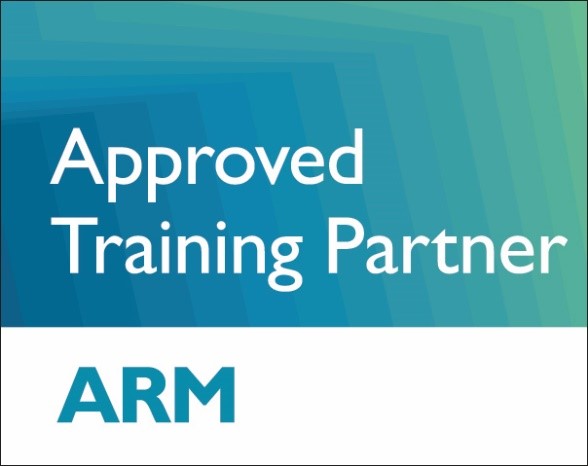Practical Threat Modeling
Course Objectives
Threat Modeling is
considered as one of the most effective ways to reduce the risk and increase
the security of applications and systems of any kind (PC, Mobile, Web,
Server/Cloud, Embedded, IoT, Automotive, Aviation, Medical, etc.).
As a structured process, it can be used to help to identify potential threats, attacks, vulnerabilities, and countermeasures that could impact your applications. Whether you´re a developer, executive, security engineer, or just interest in protecting your product, this training is for you!
You cannot protect something unless you understand what you´re protecting it from.
In this hands-on training, you´ll be the ins and outs of Threat Modeling:
·What Threat Modeling is?
·The pros and cons are of common Threat Modeling methodologies
·How to choose the best Threat Modeling methodology suited for you
·How to perform the generic Threat Modeling process
·How Threat Modeling can be used to identify attacks that your products might be vulnerable to?
·How to successfully draw architecture diagrams for Threat Modeling
·How to use Threat Modeling outcome to ensure you your product is secured
·What are the challenges and pitfalls you might face when attempting to use Threat Modeling and how to work around those
·How to successfully apply Threat Modeling in your day-to-day activities, projects, or environments
The techniques we discuss are applicable to all system types (mobile, , web, embedded systems, IoT, cloud, etc.)
As a structured process, it can be used to help to identify potential threats, attacks, vulnerabilities, and countermeasures that could impact your applications. Whether you´re a developer, executive, security engineer, or just interest in protecting your product, this training is for you!
You cannot protect something unless you understand what you´re protecting it from.
In this hands-on training, you´ll be the ins and outs of Threat Modeling:
·What Threat Modeling is?
·The pros and cons are of common Threat Modeling methodologies
·How to choose the best Threat Modeling methodology suited for you
·How to perform the generic Threat Modeling process
·How Threat Modeling can be used to identify attacks that your products might be vulnerable to?
·How to successfully draw architecture diagrams for Threat Modeling
·How to use Threat Modeling outcome to ensure you your product is secured
·What are the challenges and pitfalls you might face when attempting to use Threat Modeling and how to work around those
·How to successfully apply Threat Modeling in your day-to-day activities, projects, or environments
The techniques we discuss are applicable to all system types (mobile, , web, embedded systems, IoT, cloud, etc.)
General Information

Prerequisites
Course
participants should have knowledge of basic security fundamentals like
Confidentiality, Integrity, and Availability (CIA).
Basic knowledge of application development is preferred but is not necessary.
Basic knowledge of application development is preferred but is not necessary.

Duration & Attendance
3 days including labs

Target Audience
Companies who would like to have a structured methodology to design secure systems/solutions
Additional Information

Teaching Methods & Tools
1. Course Slides
2. Exercise notebook
3. Threat Modeling Handbook – A Step by Step Guide
4. Students MUST bring a laptop with approximately 15GB of free space
2. Exercise notebook
3. Threat Modeling Handbook – A Step by Step Guide
4. Students MUST bring a laptop with approximately 15GB of free space


